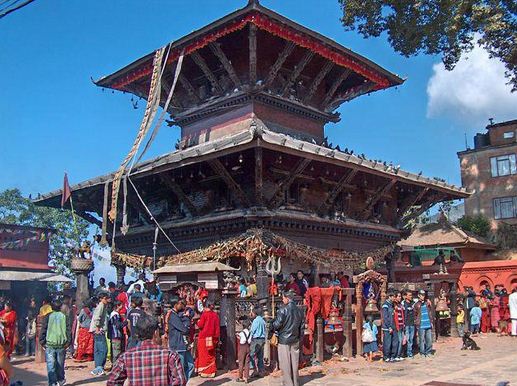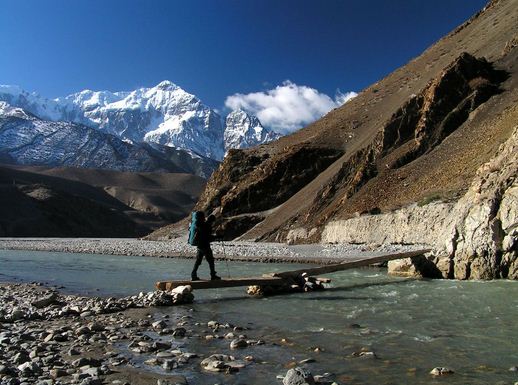District: Gorkha
Primary Deity: Hindu Goddess Durga Bhawani, an incarnation of Parvati
Architectural style: Pagoda
Build: 17th century
Coordinates: 27°54’16.2”N 84°35’03.3”E
The name Manakamana originates from two words, ‘Mana’ means heart and ‘Kamana’ means wish. The Temple is approximately a one hundred fourty kilometres from Kathmandu. The Manakamana Temple lies Twelve kilometer south of the Town. It lies in the Gorkha District. The Temple is located on a distinguished ridge 1302 metres above the sea level. The river valley of the Trisuli lies in the South and Marsyangdi in the West. The Manakamana Temple is set in a square. It looks across a massive sacred Magnolia tree. The Temple is of four storied with tiered Pagoda Style. Brass plates were installed on the roof of Temple in 1996.
The entrance to the Temple is in the south-west direction. It is marked by one stone, which is the sacrificial pillar. The entrance to the Temple has designed from its silver door frame. The wood frames are also shifted positions. Manakamana Darshan is the most popular during Dashain and Nag Panchami. During this time, the devotees stand for as long as five to ten hours to pray to Goddess.
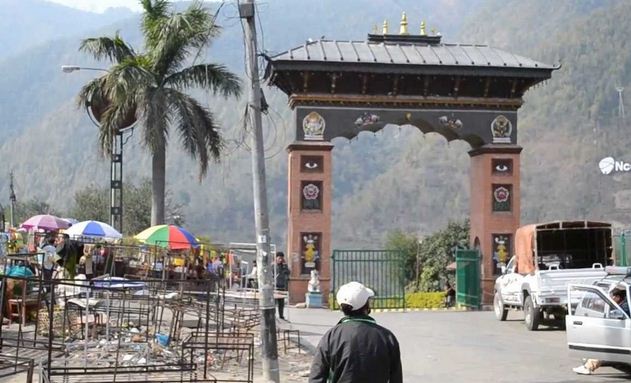 The Mythical History of Manakamana of the Goddess dates back to the reign of King Ram Shah of Gorkha. Every night, the king’s wife would awake and make her way to a nearby hill. Upon finding his kingly bed empty, Ram Shah decided to feign sleep and follow his queen on her nightly sojourn. He soon found himself outside a large hall, guarded by two massive Lions. Inside, the hall was lined with various Gods and Goddesses, waiting for the Queen to chair their heavenly meet. Struck with the fact that, his queen was possessed of divine power, the King returned home with a heavy heart. The next morning, he informed his wife of all he had witnessed, claiming that he had seen it all in a dream. No sooner he had revealed his discovery, Ram Shah was struck dead. Back then, the practice of a wife committing Sati by throwing herself on the funeral pyre of her husband was very much in vogue. However, Ram Shah’s personal secretary Lakhan Thapa Magar pleaded with the queen not to go through with the practice. The Queen, however, assured Thapa Magar that she would return.
The Mythical History of Manakamana of the Goddess dates back to the reign of King Ram Shah of Gorkha. Every night, the king’s wife would awake and make her way to a nearby hill. Upon finding his kingly bed empty, Ram Shah decided to feign sleep and follow his queen on her nightly sojourn. He soon found himself outside a large hall, guarded by two massive Lions. Inside, the hall was lined with various Gods and Goddesses, waiting for the Queen to chair their heavenly meet. Struck with the fact that, his queen was possessed of divine power, the King returned home with a heavy heart. The next morning, he informed his wife of all he had witnessed, claiming that he had seen it all in a dream. No sooner he had revealed his discovery, Ram Shah was struck dead. Back then, the practice of a wife committing Sati by throwing herself on the funeral pyre of her husband was very much in vogue. However, Ram Shah’s personal secretary Lakhan Thapa Magar pleaded with the queen not to go through with the practice. The Queen, however, assured Thapa Magar that she would return.
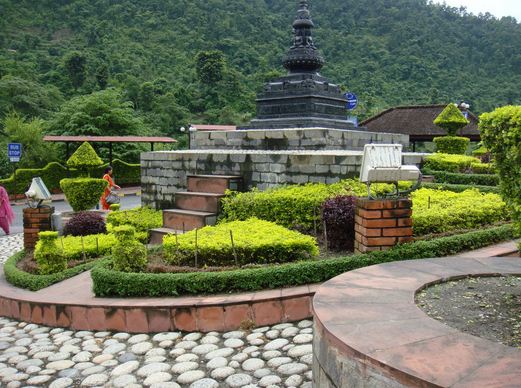 Month after the death of King and Queen, Thapa Magar heard of a stone discovered by a farmer ploughing his field. When stock by the plough, the stone began to leak a profusion of blood and milk. Thapa Magar Rushed to the area, and believing the stone to be an incarnation of the dead Queen. He built a Temple there and began to serve the goddess Manakamana. Unlike other Hindu Temples, where Brahmins are the priests, the Manakamana Temple is served exclusively by the descendents of Lakhan Thapa Magar. Who are now in their 17th Generation.
Month after the death of King and Queen, Thapa Magar heard of a stone discovered by a farmer ploughing his field. When stock by the plough, the stone began to leak a profusion of blood and milk. Thapa Magar Rushed to the area, and believing the stone to be an incarnation of the dead Queen. He built a Temple there and began to serve the goddess Manakamana. Unlike other Hindu Temples, where Brahmins are the priests, the Manakamana Temple is served exclusively by the descendents of Lakhan Thapa Magar. Who are now in their 17th Generation.
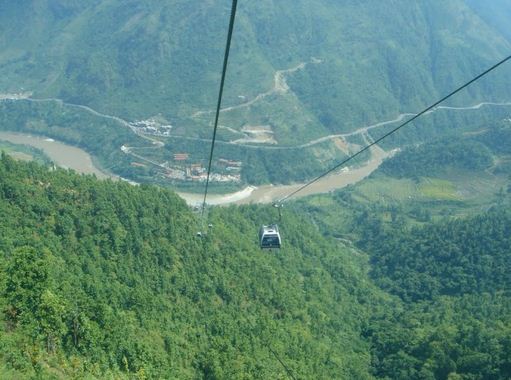 The only way to reach the Manakamana Temple is by cable car. There is a facility of a cable car from Kurintar, just five kilometers east of Mugling to Manakamana. The cable car system was imported from Austria and Gurantees a hundred percent safety. In case of power failure and Hydraulic Emergency drive an automatically operated generators has a main features. The Manakamana Temple is venerated since 17th century. It is believed that Goddess Manakamana grants the wishes of all those who make the Pilgrimage to her shrine to worship her.
The only way to reach the Manakamana Temple is by cable car. There is a facility of a cable car from Kurintar, just five kilometers east of Mugling to Manakamana. The cable car system was imported from Austria and Gurantees a hundred percent safety. In case of power failure and Hydraulic Emergency drive an automatically operated generators has a main features. The Manakamana Temple is venerated since 17th century. It is believed that Goddess Manakamana grants the wishes of all those who make the Pilgrimage to her shrine to worship her.
 Here is Nepal a blog about Nepal
Here is Nepal a blog about Nepal
